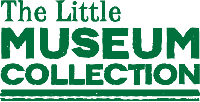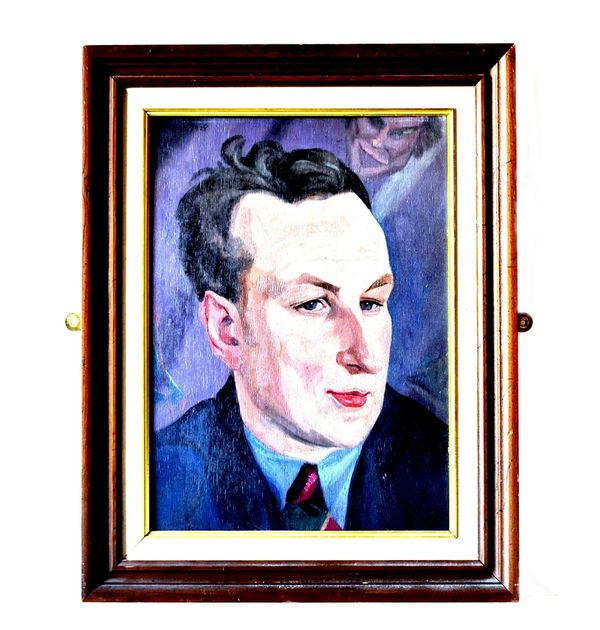Civil War Propaganda Photo, 1923
A Free State soldier is overpowered by an Irregular
This photo was taken during the Civil War. It shows an Irregular (a Free State term for Anti-Treaty) soldier in plain clothes capturing a Free State Soldier in uniform . The photo was used by the Anti-Treaty side for propaganda purposes and was probably staged.
Permanent Collection
Watch a clip from an RTE documentary about the Irish Civil War:












You must be logged in to post a comment.